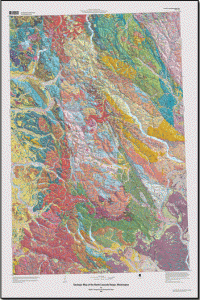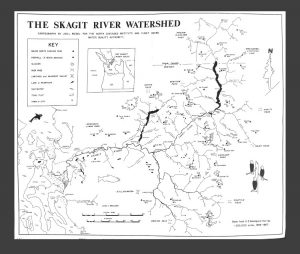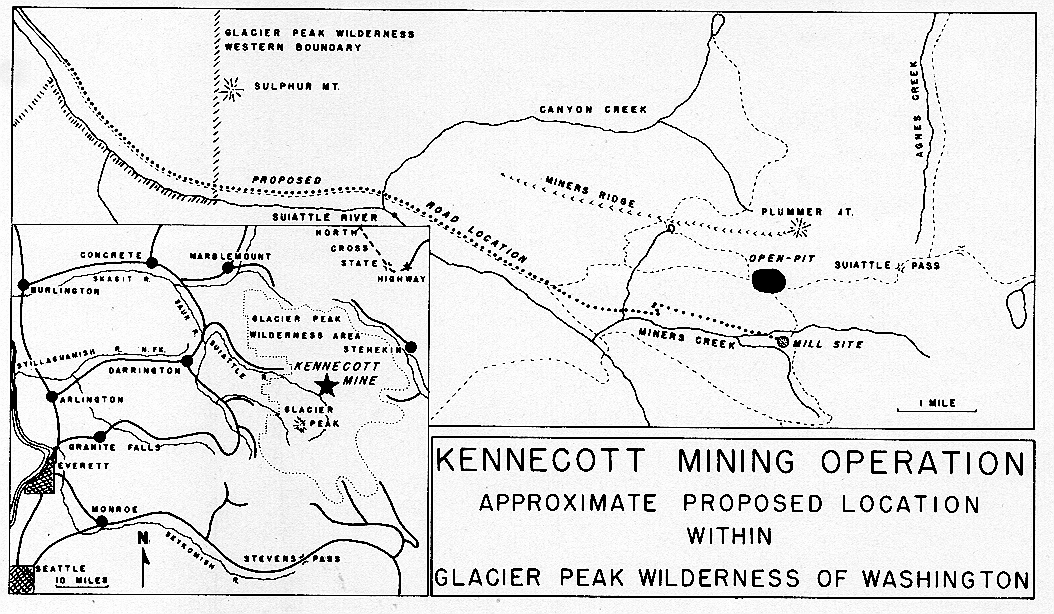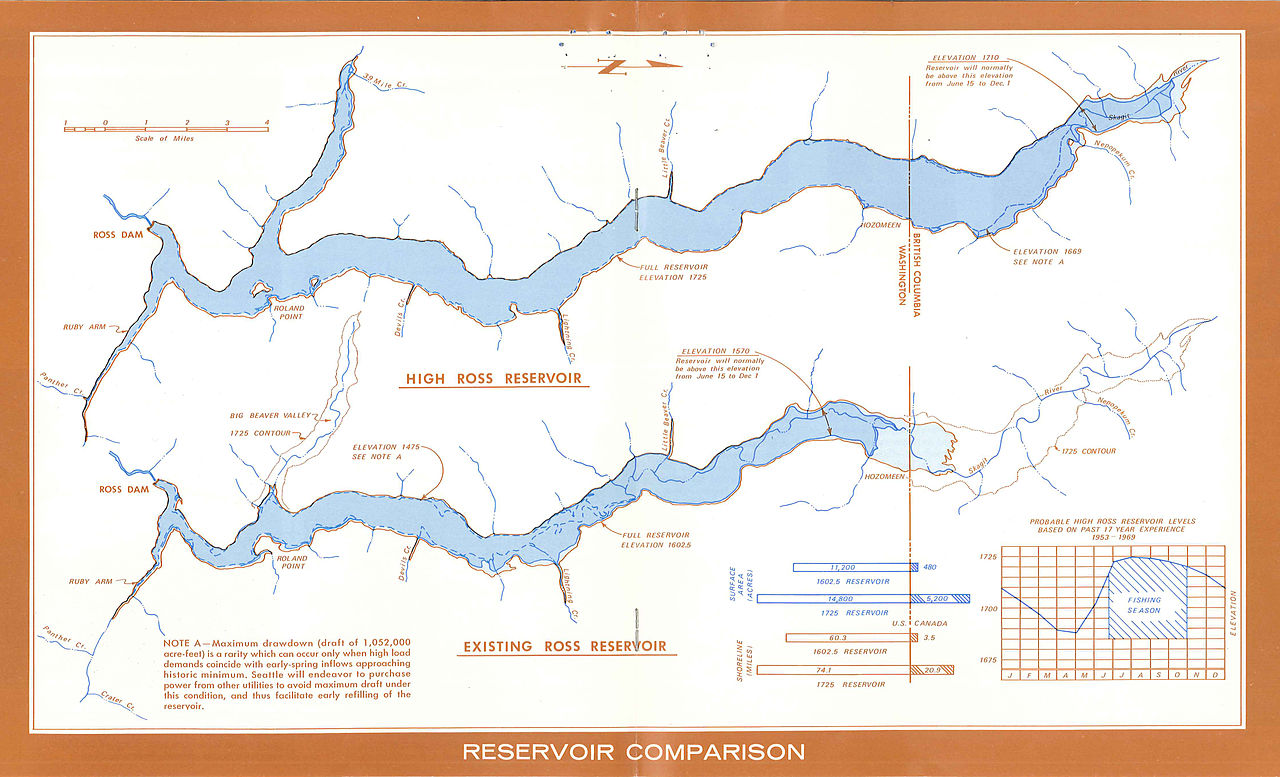From the latest satellite images and GIS to early hand-drawn maps, cartography has gone hand-in-hand with conservation at NCCC. It’s all part of knowing the land.
Land Designations and the Ecosystems
Note how much of the greater ecosystem outlined in the satellite view on the right remain unprotected in the designation map on the left (note that the dark green areas in the designation map are roadless but unprotected). These maps are featured in our brochure.

Geologic Map of the North Cascades

NCCC member Rowland Tabor co-authored the USGS geologic map of the North Cascades.
The North Cascades are generally characterized by exposure of plutonic and metamorphic rocks in contrast to the volcanic terrain to the south. The rocks of the North Cascades are more resistant to erosion, display greater relief, and show evidence of more pronounced uplift and recent glaciation. More…
(Haugerud, Ralph A., and Tabor, Rowland W., 2009, Geologic map of the North Cascade Range, Washington: U.S. Geological Survey Scientific Investigations Map 2940, 2 sheets, scale 1:200,000; 2 pamphlets, 29 p. and 23 p.)
How Large Should Glacier Peak Wilderness Area Be?

A comparison map drawn by Patrick Goldsworthy ca. 1958, advocating for a larger Glacier Peak Wilderness.
It compares the then-current and relatively small USFS “Glacier Peak Limited Area” of 1940 to the larger 1939 “Glacier Peak Area defined by Chief Forester Silcox” (who died in 1939), which included what is now the south unit of North Cascades National Park and several more low valleys of ancient forest.
Hand drawn on vellum, probably one of the first maps Goldsworthy drew about the time NCCC was founded. Note the lack of a North Cascades Highway.
Skagit River Watershed

Prepared as part of the booklet “From the Mountains to the Sea” in 1991, Jon Riedel of NPS used existing USGS maps to produce this map showing the full watershed of the Skagit River that drains much of the northern portion of the west side of the North Cascades.
Click the map image to view in PDF.
Glacier Peak Open Pit Mine:
A Disaster Averted by Citizen Action
Read Harvey Manning’s Wilderness Alps about how NCCC successfully stopped the proposed open pit mine on Miners Ridge near Image Lake. Here’s a map by Patrick Goldsworthy of where that mine and it’s associated mill and road would have been, if it weren’t for NCCC.

Keep this in mind next time you hike there to the quiet, wild heart of the North Cascades. And if you go to Holden, directly east of this, take a look at the damage created by the mine there – and Holden mine wasn’t an open pit!
High Ross Dam Comparison Maps
Click the map below to enlarge it. It depicts the footprint of a raised Ross Reservoir if City Light had built High Ross Dam. (More background is here.) NCCC campaigned for years to stop the raising of Ross Dam because it would have flooded some of the most unique forests in the country, the ancient cedar groves of the Big Beaver valley. Canadian conservations also opposed it because it would have flooded the upper Skagit River valley in Canada.

